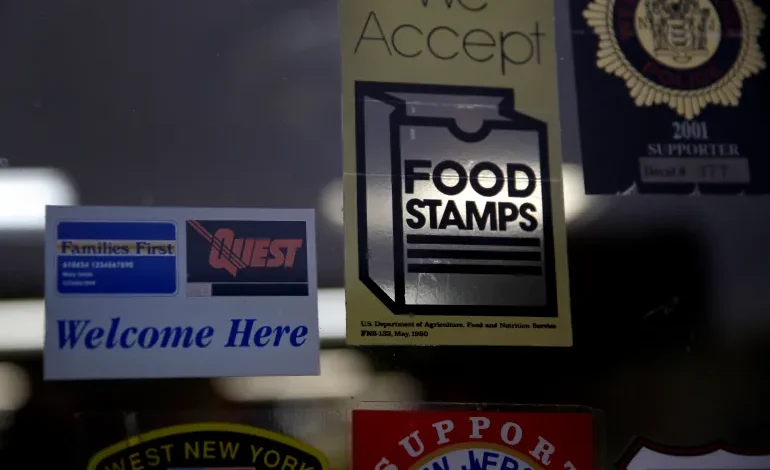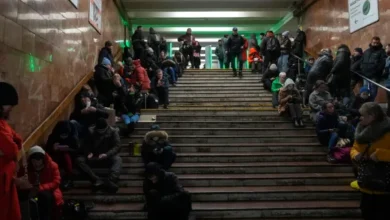Will millions of low-income Americans lose food stamps during shutdown?

If the United States federal government shutdown continues, millions of low-income Americans could lose access to a monthly benefit that pays for food.
About 42 million people receive money through the Supplemental Nutrition Assistance Program (SNAP), sometimes called food stamps. The Department of Agriculture told states in an October 10 letter that if the shutdown continues, the programme would run out of money to pay for benefits in November.
Social media posts say food stamps will disappear on November 1
President Donald Trump’s Republican administration is blaming the Democrats with Agriculture Secretary Brooke Rollins repeating a false healthcare talking point on October 16 on X: “Democrats are putting free health care for illegal aliens and their political agenda ahead of food security for American families. Shameful.”
The government shutdown stems from disagreements between Democrats – who want Congress, as part of approving federal funding, to extend expiring enhanced subsidies for the Affordable Care Act (ACA), through which uninsured Americans can buy health insurance – and Republicans, who want to extend federal funding first before negotiating over whether or how to extend the ACA subsidies.
SNAP is a federal programme operated by state agencies. Participants receive an average individual monthly benefit of about $190 or $356 per household. Recipients may use the benefits to buy fruit, vegetables, meat, dairy products, bread and other foods. The majority of SNAP households live in poverty.
Lawmakers and social media users have made several statements about SNAP with varying degrees of accuracy about the shutdown and the Republican tax and spending law that Trump signed in July. Here’s a closer look:
Social media posts say food stamps will disappear on November 1
“Let that sink in – just in time for the cold season and the month of giving thanks,” one Instagram post said.
That could happen for millions of people. But it might not happen for all of them, and it could happen throughout the month of November because the monthly date when people receive their benefits varies by state.
The Trump administration could use SNAP’s contingency fund to pay for nearly two-thirds of a full month of benefits, or it could transfer other Agriculture Department funds, according to the Center on Budget and Policy Priorities, a liberal think tank. The administration has said it has found funding to continue the Women, Infants and Children programme, another food programme for low-income families.
According to an Agriculture Department funding lapse plan, SNAP “shall continue operations during a lapse in appropriations, subject to the availability of funding”.
An Agriculture Department letter told states to hold off on steps that would lead to people receiving their November benefits. Federal regulations require that reductions be made in a way that higher-income recipients lose more benefits than the lowest-income recipients.
We asked administration officials for more detail but received no response to our questions.
Many state officials – including in Illinois, New York, North Carolina, Texas and Wisconsin – said that if the shutdown continues, participants might not or will not receive benefits in November. A spokesperson for the Florida Department of Children and Families told PolitiFact that if the shutdown continues into November, benefits will not be issued.
California Governor Gavin Newsom said on Wednesday that he will deploy the National Guard and California Volunteers, a state agency, to support food banks and provide $80m in state money.
“Empty cupboards and stomachs are not abstract outcomes,” Wisconsin Governor Tony Evers told Rollins in a Wednesday letter. “They are the very real and near consequences of the dysfunction in Washington. These are also consequences you can prevent today.”
Meanwhile, food banks across the country have taken a hit from other Trump administration policies. ProPublica reported on October 3 that earlier in the year, the administration cut $500m in deliveries through the Emergency Food Assistance Program, which provides food to state distribution agencies.










